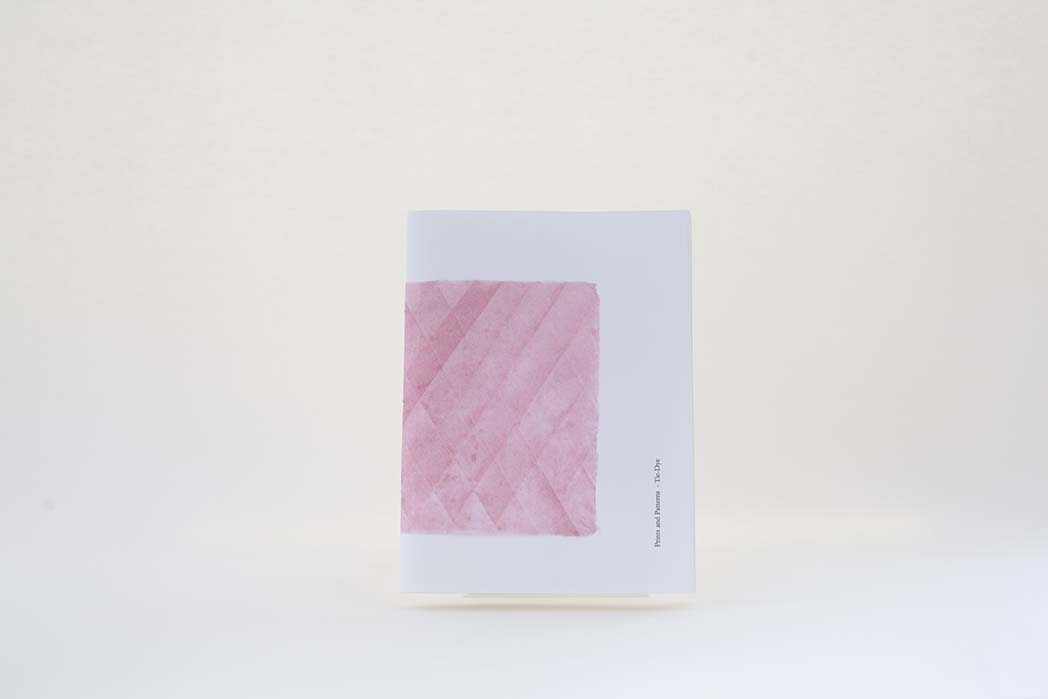
A handmade book, that is part of a package of 3 books and 1 poster
Size: 16,5 x 22 cm
Edition: 50
Publication date: September 2023
Price package: €60
I am fascinated by prints and patterns and I wonder why people feel the urge to put energy into decorating fabrics and things with dots, lines and all kinds of abstract motifs. What is de purpose of decorating?
Defenders of abstract art often quote Socrates, and what he says can easily apply to abstract design as well. Socrates: What I am saying is not indeed directly obvious. I must therefore try to make it clear. I will try to speak of the beauty of shapes, and I do not mean, as most people would think, the shapes of living figures, or their imitations in paintings, but I mean straight lines and curves and the shape made of them, flat or solid, by the lathe, ruler and square, if you see what I mean. These are not beautiful for any particular reason or purpose, as other things are, but are always by their very nature beautiful and give pleasure of their own quite free from the itch of desire; and colours of this kind are beautiful, too, and give a similar pleasure. From: Philebus of Plato, Section 51c.
If it is true that abstraction and abstract designs have no intrinsic meaning other than being beautiful, then they can still have a function or be associated with a movement from which they derive their meaning.
In search of the perfect paper, I made piles of paper. Because my paper has so much expression, it is not suitable as a carrier of images, but it does lend itself to my research into designs. My handmade paper is thin and easy to fold. And so I used different folding techniques to create designs on the paper. I folded the paper in different ways: the traditional shibori way, as origami, in the way you can fold napkins (the Arbeid Adelt method, the crown, the bird of paradise, the fan, the pyramid and the basic napkin bag) and as locked letters*. Sometimes I tied a piece of string around the folded paper, sometimes I just dipped the folded sides in paint. And by doing this, I created my own recipe for tie-dye-ish patterns.
In Japan folding, binding and dyeing fabric is called shibori. The technique has traditionally been used for the refined decoration of fabrics. The earliest examples of cloth worked with shibori date back to 756. Shibori cloth was initially reserved for women from the upper classes, but later they were worn by all social classes. The large, coarser shibori designs and stenciled imitations were used for the clothing of soldiers and servants, while the upper class wore only the finer designs. The abstract pattern had a clear function: it distinguished the classes.
Tie-dye is shibori’s much less refined western equivalent. It became popular among the hippies in the 60s of the last century. The design stood for the freedom of the counterculture movement; it often consisted of mottled colorful spirals. Psychodelic fashion was called the fashion movement that emerged from it. A few years ago, the design appeared in the collections of Ralph Lauren, Marc Jacobs, Stella McCartney, Dries van Noten and Prada. And at that moment it had almost no meaning anymore. It was just decoration.
*Letterlocking. The technology of folding & securing a written letter to function as its own envelope